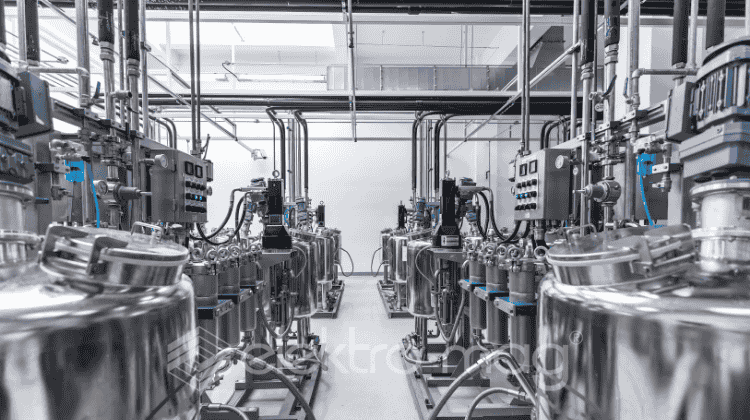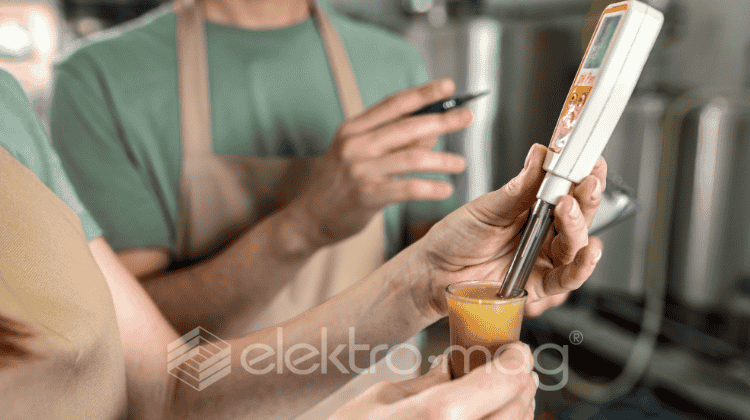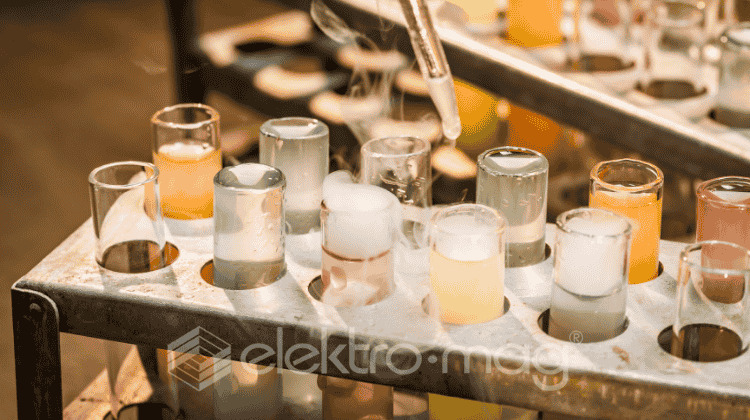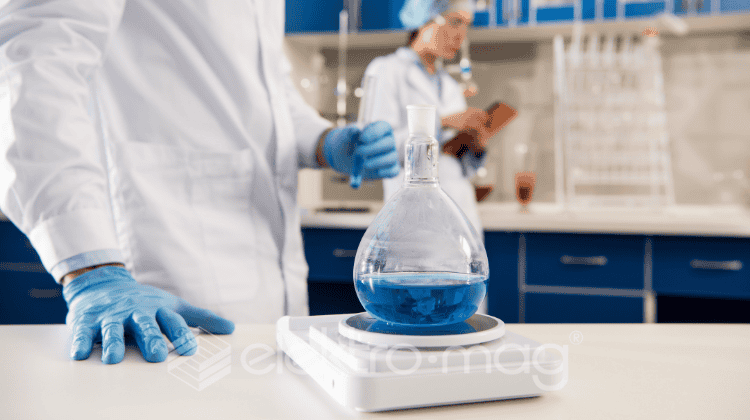
Bioreactors are specialized vessels or devices that create a controlled, biologically active environment to support various biochemical reactions involving microorganisms, plant or animal cells, and biochemical substances. They play a crucial role in industries ranging from pharmaceuticals and food production to biofuels and environmental management. By providing optimal conditions for cell growth, product synthesis, and biochemical processes, bioreactors facilitate efficient production of substances like antibiotics, vaccines, enzymes, and biofuels. Their versatility and capacity for scaling up processes make them indispensable in both research and industrial applications.
Bioreactors are essential tools for controlled biochemical reactions in diverse fields, each with distinct benefits and limitations.
Types of Bioreactors: Airlift, Bubble Column, Stirred-Tank, and Photobioreactors
- Airlift Bioreactors
- Applications: Common in wastewater treatment, single-cell protein production, and aerobic bioprocessing.
- Benefits: Energy-efficient, minimal maintenance, and effective for culturing sensitive organisms.
- Limitations: High initial air pressure requirement; foaming issues may arise under certain conditions.
- Bubble Column Bioreactors
- Applications: Widely used in fermentation processes, pharmaceuticals, and culturing plant cells.
- Benefits: Cost-effective design, high productivity, and efficient oxygen distribution.
- Limitations: Limited mixing capability and higher initial installation costs.
- Stirred-Tank Bioreactors (CSTRs)
- Applications: Ideal for large-scale fermentation, hydrocarbon wastewater treatment, and biological cell cultures.
- Benefits: Continuous operation, excellent temperature control, and adaptability to various processes.
- Limitations: Higher power consumption, potential issues with foaming, and complex maintenance requirements.
- Photobioreactors
- Applications: Used in biofuel production, carbon capture, and microalgae cultivation.
- Benefits: Efficient nutrient use, environmentally friendly, and suitable for year-round operation.
- Limitations: High initial setup cost and challenging sterilization requirements.
Each type of bioreactor offers unique advantages based on specific applications, highlighting the versatility and importance of bioreactors in sustainable and industrial-scale biological processes.
Operational Factors in Bioreactors
The effective operation of bioreactors depends on carefully controlled environmental factors:
- Temperature Control: Precise temperature regulation is crucial for optimal biochemical reactions and cell viability. Bioreactors use cooling jackets, coils, or external heat exchangers to maintain consistent temperatures, especially in exothermic processes.
- Aeration: Oxygen is critical for aerobic bioprocesses; bioreactors use air spargers or gas injection to ensure sufficient oxygen transfer and maintain a homogenous environment. High-density cultures may require additional oxygen due to poor solubility in water.
- pH Management: Maintaining stable pH levels is vital for cell growth and enzymatic reactions. pH sensors and automatic dosing systems help balance acidic or basic additions to keep the pH within optimal ranges.
- Substrate Availability: Nutrient availability and substrate concentration must be balanced to avoid limiting growth. Feeding strategies, such as continuous and fed-batch methods, are employed to supply substrates as required, maximizing cell yield and productivity.
These factors are integral to successful bioreactor operation, enhancing productivity and ensuring quality in industrial applications.
Applications of Bioreactors in Industry
Bioreactors play a critical role across various industrial sectors by enabling controlled environments for biological processes:
- Pharmaceuticals: Bioreactors are essential for producing antibiotics, vaccines, monoclonal antibodies, and insulin. They allow precise control over the environment, maximizing yield and ensuring purity.
- Wastewater Treatment: Bioreactors break down organic waste in wastewater, reducing contaminants. They support aerobic or anaerobic conditions to treat waste efficiently.
- Biofuels: Bioreactors enable the cultivation of algae and microorganisms for biofuel production, a sustainable alternative to fossil fuels.
- Food Production: Used in the fermentation process, bioreactors are vital for producing yogurt, beer, and amino acids, enhancing flavor, preservation, and nutritional value.
Each application benefits from the ability to maintain optimal conditions for specific biological activities, boosting productivity and quality across industries.
Emerging Technologies: Photobioreactors for Sustainable Energy
Photobioreactors represent a promising advancement for sustainable energy production. Unlike traditional bioreactors that rely on chemical reactions, photobioreactors harness sunlight, using photosynthetic organisms like microalgae to generate biofuels and other bioproducts. This eco-friendly method is especially advantageous for wastewater treatment and carbon capture, as it integrates well into existing environmental systems while significantly reducing emissions and energy costs.
Bioreactors are crucial across industries, from pharmaceuticals to sustainable energy. Emerging technologies like photobioreactors suggest a future where eco-conscious, efficient bioreactors support greener industrial processes. Enhanced control mechanisms, scalability, and integration into renewable energy sources point toward a sustainable trajectory for bioreactor applications.






